IMDb meta-data is 1 hour and 6 minutes, rated 5.3 by 286 cinematizens.
Genre: Krimi
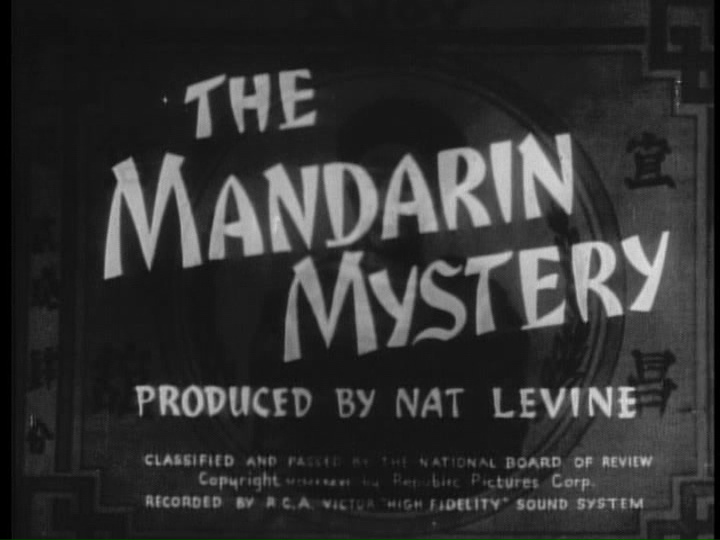
Verdict: Snappy
Hidden in the title is Ellery Queen played to a ’T’ by Eddie Quillan. A rare Chinese Mandarin stamp is stolen and the body count starts. The courier delivering the stamp from China is robbed in her hotel room, and the Inspector Queen comes to investigate with Ellery in his wake.
Her intention was to sell the stamps to a private collector. When a rival collector offers twice as much the courier, strangely, declines. Meanwhile the offspring of the first collector oppose the purchase of another useless stamp which they see as squandering their inheritance.
There are locked rooms, posed cadavers, shadows lurking outside windows, and bumbling coppers. The dialogue is brisk; the direction is crisp; the players are engaging.
There is much coming and going, and more than one set of villains are on the prowl to confuse things, and me.
EQ comes to the rescue with smart alec remarks, and a keen eye for detail.
Spoiler: Turns out Collector One found that forgery paid better. His plan was to buy the Chinese stamp and them make forgeries and sell each on the black market for the purchase price. I think.
Franklin Pangborn, as ever, superbly plays the flighty hotel manager.

Ellery Queen stories were multi-media at the time, in print, over the radio, and on the silver screen.
13 December
1577 Plymouth, England: Sir Francis Drake went to attack Spanish shipping in the Pacific. To do so he had to circumnavigate the world. Silver from Peru was the major source of money for Spain at the time.
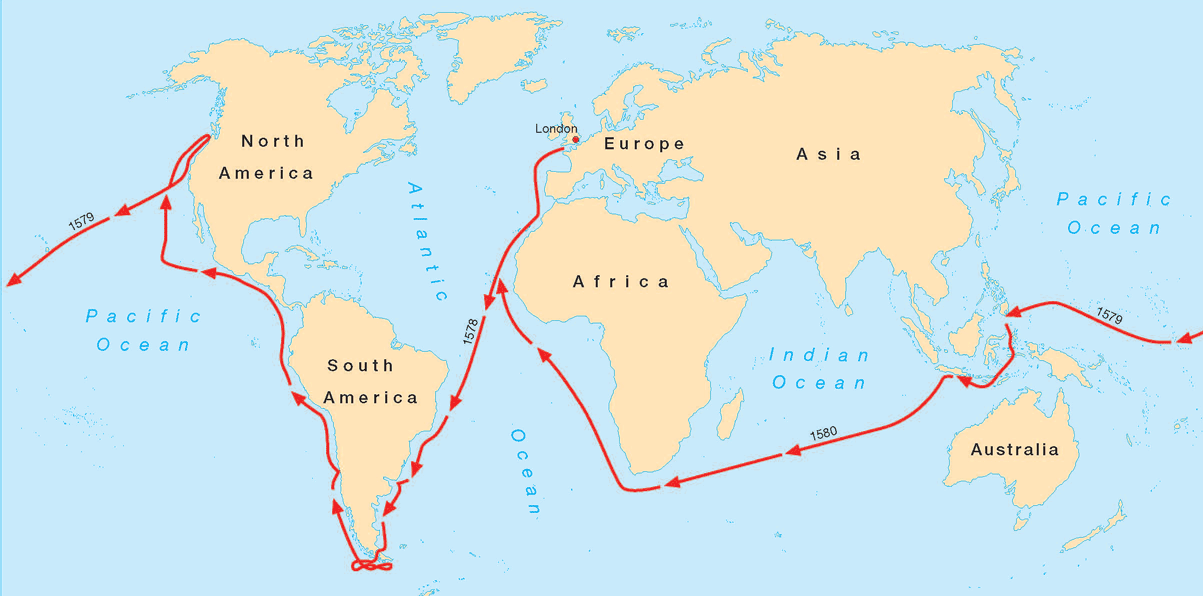
1642 New Zealand: Dutchman Abel Tasman reached the coast of South Island in New Zealand, and named it Staten Landt (States General). It was the default name Dutch explorers used, e.g., Staten Island in New York Habor. Cartographers back home changed the name to honour his home, Zeeland.
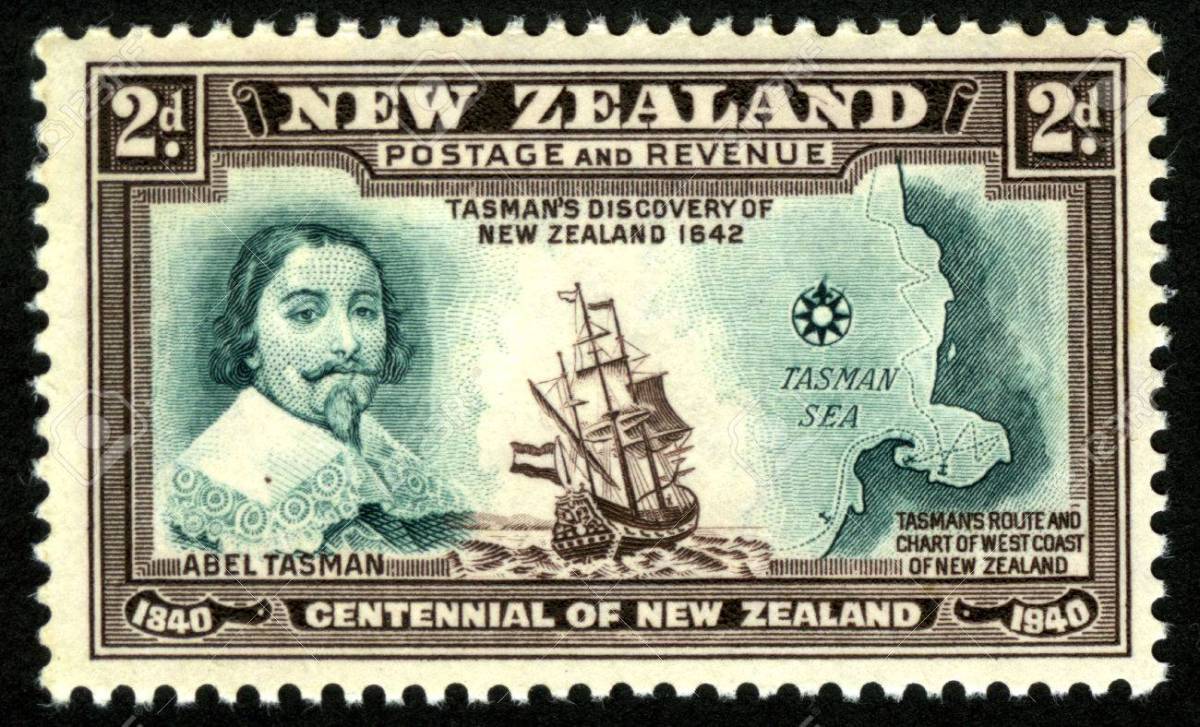
1902 Caracas, Venezuela: British and German ships bombard Venezuelan harbour forts to collect sovereign debts. Using the Monroe Doctrine, US President Theodore Roosevelt offered to arbitrate and successfully did so.

1955 Melbourne: Australian housewife, Dame Edna Everage, debuted. The character evolved over the years. The wardrobe, the gladioli, the glasses, the rings, came later. The lane in Melbourne below bears that name.

1972 The Moon: Apollo 17 was the sixth and the last time humans landed on the Moon. Eugene Cernan was the last man of twelve men to walk on the Moon.

12 December – Here is the day that was.
1694 London: the Royal Society censured Edmond Halley for suggesting that Noah’s flood might have been caused by the impact of a comet. Supernatural causes were preferred explanation.
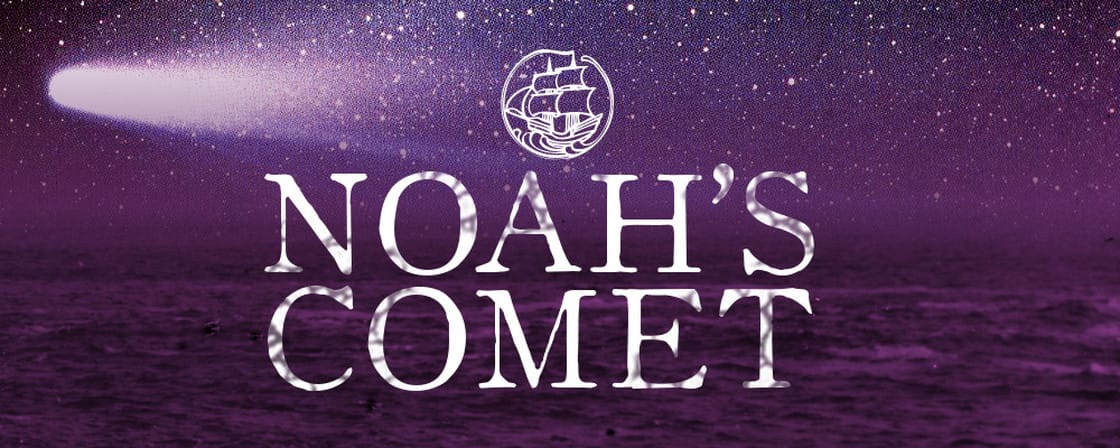
1792 In Vienna, Franz Joseph Haydn gave the first lessons in composition to 22-year-old Ludwig van Beethoven. We hope to visit Vienna again in 2019 and pay homage to Ludi.
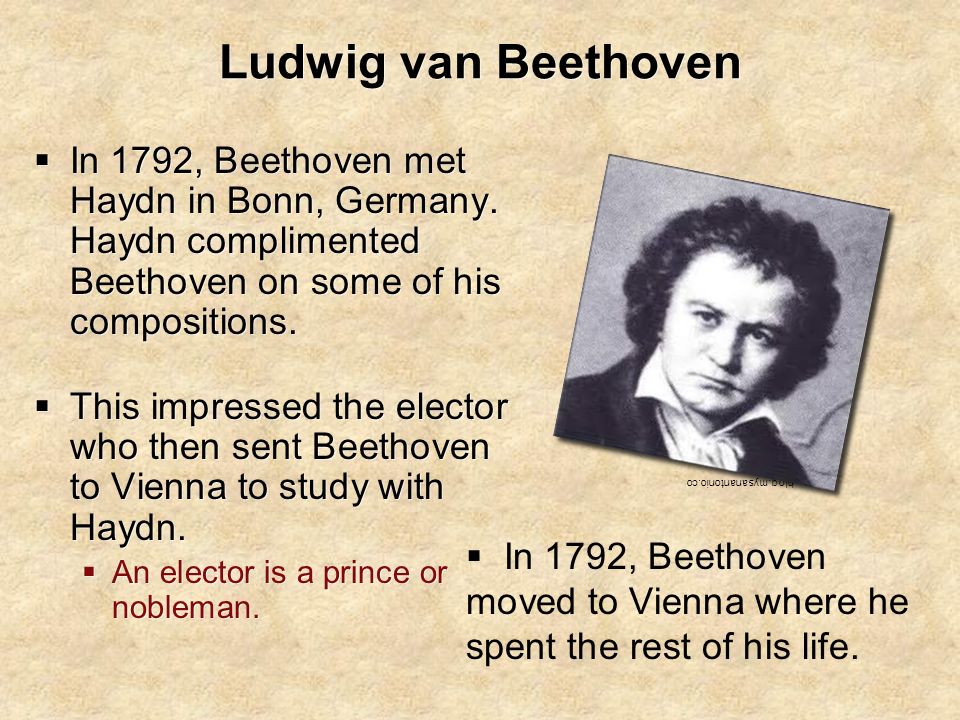
1874 D.C.: President U.S. Grant hosted the first state dinner at the White House and it was for visiting Hawaiian King David Kalakaua. Hawaii is our favourite place, apart from Newtown.

1953 Chuck Yeager flew two and a half times the speed of sound. He inspired Tom Wolfe.
Notice the X-plane and pilot in a pressure suit on the cover of the first edition. It is a marvellous book.

1980 NYC: Apple made its initial public offering on the stock market. It became the largest company in the US over the next generation. Ten years ago we migrated from the PC World to the Apple World and have never looked back.

11 December
1620 The Mayflower pilgrims landed at Plymouth Rock, Massachusetts. Kate has been there.
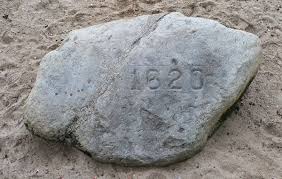
1936 Edward VIII abdicated the throne of England.
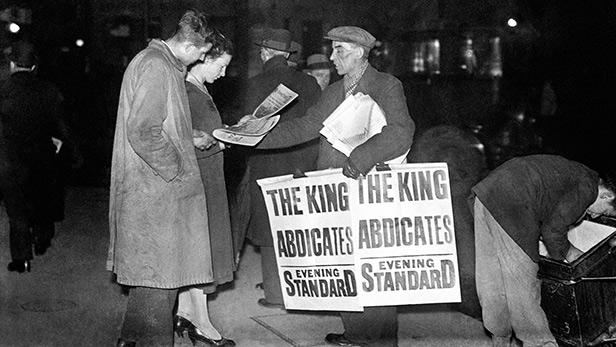
1944 The Great Toronto snowstorm of 20 inches remains the worst blizzard experienced in that winter city. The death count increased to about twenty.

1946 United Nations International Children’s Emergency Fund was established, one of the many good things the United Nations does that gets little press.

2001 Race riots occurred in Cronulla in southern Sydney. A voter is pictured below.

‘Selling Hitler: The Extraordinary Story of the Con Job of the Century–The Faking of the Hitler “Diaries” (1987) by Robert Harris.
GoodReads meta-data is 402 pages, rated 3.9 by 827 raters.
Genre: Non-fiction

Verdict: Could not put it down.
The book reads like one of Harris’s historical novels with a cast of characters and skulduggery galore, but it is too incredible to be fiction. Only reality could combine such colossal stupidity, egotistical incompetence, and venomous hypocrisy. In short, it seems like a typical episode of Fox News.
The basics, for those born yesterday, are these. In 1983 there came to light the personal diaries kept for thirty years by one Adolf Hitler. Look him up. It was a sensation and a flock of carrion eaters landed on it to exploit the find.
It all started with an inveterate liar and forger who had eked out a living selling Nazi relics on the black market, since trade in such things was illegal in West Germany. When he could not get the real thing he learned to make replicas. His clients did not seem to notice, or mind if they did notice, so he kept at it. Since trading and possessing such items was illegal the clients did not seek expert opinion or dare to compare notes. Forger also discovered that the objects that commanded the highest prices were those connected personally to Hitler.
He followed the marks, and forged Hitler signatures, early letters, and paintings, a lot of paintings, hundreds. When asked he always said he got the goods from a contact in East Germany, whose name he had to protect because there the penalty for trading in Nazi relics in the DDR was capital.
One day a lowly reporter from the Stern magazine came along. He was a Nazi obsessive, and he bought a few items. Note, though Stern was at the time aligned with the Socialist Party, this reporter was a dreamy fantasist way down the pecking order.
He kept buying from Forger, no questions asked. Then Forger, on the look out for new ways to add value to his small business, broached the prospect of diaries. This was perfect for Fantasist. He tried to interest the editors of Stern in buying the diaries but they rejected them as preposterous and irrelevant. There were many previous examples of forged material from that era, and to their minds this was another pathetic example of that. They knew Fantastist for what he was and left it at that.
Fantastist did not give up easily. In time he by-passed the editors and made contact with the management of Stern. Stern was owned by a holding company which in turn was a subsidiary of the leviathan Bertelsmann corporation. Fantastist convinced Herr Decisivie, the chairman of the board, that this was the scoop of the century. To make it a scoop everything had to be kept secret. So Decisive consulted no one and gave Fantastist a blank cheque to get the diaries: No questions asked.
Fantastist went back to Forger and created a demand for diaries. Forger set to work at his usual standard. He bought ruled A4 school books and used the public records of Hitler’s day-to-day activities to add jottings in Gothic script as diary entries. Over two years he produced 50,000 words spread over fifty A4 booklets. Fantastist spent the blank cheque on them, though he skimmed off as much as 75% for himself of millions. (When Forger later learned of this surtax he readily spilled beans on Fantastist.)
At Stern secrecy remained the watchword. To get some verification very limited graphology tests were done but they were so constrained as to prove nothing, or everything to those who wanted to believe. The Fantastist believed. Herr Decisive was sure of this own genius.
Negotiations with international buyers like News Limited in the UK and Newsweek in the USA brought more people into the secret and doubts were expressed, but dismissed by Fantastist and Decisive as petty jealousies. Decisive had no interest in disproof.
Then Decisive ordered the Stern editors, who had to this point known nothing about this matter, to prepare a special issue. They objected, asking for checks to be made (which would perforce reveal the secret), but were overruled. The international buyers wanted verification but were stalled. They, too, were blinded by the scoop and did not press the matter. At each stage everyone seems to have assumed someone else had verified the diaries. Or so they said in hindsight.
Even as the presses rolled out 75,000 copies of a special, large issue of Stern, a press conference announced the find to the world. It was a fiasco. Faced with a roomful of skeptical journalists some of whom brought along historians from all over the world, the house of cards collapsed. Hugh Trevor-Roper who had authenticated the diaries made a fool of himself, and spent years afterward trying to rewrite this history at least to his own satisfaction. The utterly cynical David Irving played both sides against his bank overdraft and won the lottery that night.
News Limited and Newsweek sold unprecedented numbers of their publications and counted that a commercial success, even while switching to reporting on the hoax that they had generated.
In West Germany there was a police investigation that laid it all bare, sending the little fry: Forger and Fantastist to the slammer – they were held for a time in the same prison specially built for members of the murdering Red Army Faction.
Stern, the Sunday Times, and Newsweek had to show that they took it seriously and scapegoats had to be sacrificed to maintain public confidence in the integrity of the mastheads. [Pause to smell the hypocrisy.]
In each case management, circling the wagons, agreed the scapegoats had to come from down the food chain. Where better than the editors who at each publication had resisted the story until ordered by management to run it. Yet they were the ones fired. ‘They had not resisted enough,’ declared management!
Herr Decisive went on to become the CEO of Dornier Aircraft Corporation. Never ride in a Dornier product is one conclusion to reach from this story. Rupert Murdoch who gave the order to the editor of Sunday Times of London to publish it, over the editor’s objections, was only too happy to fire the editor and blame him for everything while basking in his own genius for the brief circulation increase. The longterm damage to the integrity of journalism bothered no one.
Not even Scott Adams in Dilbert could have concocted a better example of McKinsey management. Credit flows up the corporate chain, and blame flows down.
Harris’s telling is absolutely deadpan. The story is so unbelievable it does not need embellishment.
10 December
1510 The muslim ruler of Goa surrendered on terms to the Christian Portuguese admiral Afonso de Alburquerque who ignored the terms and slaughtered the population of muslims because god told him to do so. Christianity struck again with the sword.

1799 France adopted the meter and the metric system. A meter was one ten-millionth of the distance from the North Pole to the equator as it was calculated at the time. Several specimens were made but one survives.

1869 Governor John Campbell of the Wyoming Territory signed the first law in the U.S. explicitly granting women the right to vote. Twenty years later it was explicitly written into the state constitution making Wyoming the Equality State. While that slogan appears on the automobile license plates the logo is a cowboy on a horse. The cowboy is certainly a man. Get it? The one pictured below was hard to find.
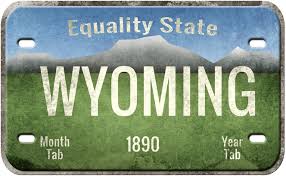
1927 The Grand Old Opry made its first radio broadcast from Nashville, Tennessee. It is a foundation stone of Country and Western music. I spent a week in the state archives in Nashville once upon a time.

1948 The United Nations adopted the Universal Declaration of Human Rights. The Committee that brought it forward was chaired by Eleanor ‘Everywhere’ Roosevelt. The statement was written by Canadian lawyer John Humphrey. None of the diplomats at the founding of the United Nations wanted anything to do with such an airy fairy project and so they left it to Roosevelt who made it happen, overcoming indifference and hostility. It has been often cited since, justifying much of the work of the International Court of Justice in Den Haag. A biography of Eleanor Everywhere is discussed elsewhere on this blog.
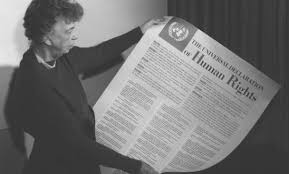
‘Phobe: The Xenophobic Experiments’ (1995).
IMDb meta-data is runtime of 1 hour and 21 minutes, rated an astonishing 6.2 by 42 cast members.
Genre: Sy Fy, incredulity

Verdict: [Gasp!] ‘Corner Gas’ it is not.
A skilled veteran is recruited for one last mission. Heard that one before, Rambo? This Rambino is overweight, with combo mullet-mohawk hair, slurs, slovenly, and waddles. He is the man for the job!
He blasts off from planet somewhere that looks just like Ontario to Earth in a CGI-take to capture the science experiment gone wrong which is wandering around the Pre-Cambrian Shield (look it up) looking for a pizza place. Instead he finds idiots.
It is hard to go on because the fraternity brothers interrupted my study of this celluloid with their demands for the remoter to change channels. I had to hold them off with one hand and that limited the note-taking.
The back story is that presiding genius Erica Benedikty made a six-minute project called ‘Phobe’ in a media studies course (which has much to answer for). She parlayed that into a feature-length script and found a backer to invest, sit down, $500,000 dollars of some sort, American, Canadian, Hong Kong, Liberian, Namibian, New Zealand, Singaporean, Taiwan, who knows. Full marks for initiative.
Erica became producer as well as writer and set to work. With a hangover the putative investor woke up and pulled out, but she went ahead, adding director to her list of credits, on the Niagara Peninsula at St Catherines and transformed it into a community project. Everything was done by amateurs. Again full marks, this time for persistence.
The result is several steps below the worst of Roger Corman. Who would have thought that possible?
The lines are delivered flat. The scenes are in private homes, an empty high school hallway, public sidewalks, and — the most interesting — a steel mill.
The femme fatale that Rambino has to rescue from Phobe (on whom more in a moment) is Chubby, slow-witted, and out waddles him. Phobe wears platform shoes inside boots to elevate him, three layers of hunter’s camouflage over a parka to give him bulk, and an arc welder’s face mask to make him, well, look like a hockey goalie.
In the end after a mano-à-mano struggle at the steel mill where miraculously Chubby knows how to operate all the heavy equipment, ah huh, Rambino and Phobe bond. Together they turn on the evil scientists who Xenoed Phobe and zero them.
The list of credits is torn straight from the St. Catherine’s telephone book and just about as long. After this the Ontario Provincial Police impounded Erica’s director’s chair for her own safety.
9 December
1793 NYC: Noah Webster published New York’s first daily newspaper, the ‘American Minerva.’ A biography of Noah Webster, the dictionary man, is discussed elsewhere on this blog.

1868 London: Traffic lights were installed outside the Palace of Westminster in London. Like railway signals, they used semaphore arms and were illuminated at night by red and green gas lamps.
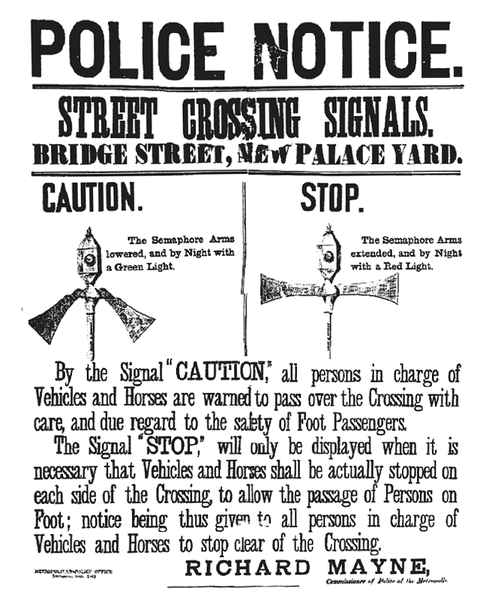
1936 MCG: Australia all out for 58 v England in the Bodyline Ashes Tour. Don Bradman was out for duck (0). A rarity indeed for this Lord of the Bat. Not, however, a golden duck. Those who do not know what MCG means will never understand anyway.

1979 Geneva: WHO said smallpox had been eradicated by vaccination, not prayer.

1993 In low earth orbit: Hubble Telescope was repaired and put back into service and it remains in operation.

‘Frightened Lady’ (1940)
IMDb meta-data is run time 1 hair and 21 minutes, rated 6.4 by 190 cinematizens.
Genre: Mystery.

Verdict: Predictable but diverting.
As the bodies fall in the Big House, Plod comes to investigate. The formidable chatelaine is uncooperative whereas her musical Lord son is is ever so friendly. Ever so.
Chatelaine wants to get him married off to her secretary, the Frightened Lady of the title, who hears strange sounds and sees creepy shadows that remind her of — shiver! — President Tiny. She and Lord are pals; nothing more. Two lurking footman who seem to have no duties are much present and just a shade short of insolent.
Then the chauffeur is murdered. Well, ‘So what?’ says lawyer Rudy for the Chatelaine? The lower orders will do that.
Plod is not so sure and insists on reading the script. He interrogates the suits of armour in the hall, and generally is never there when he is needed. He concludes the family doctor did it. Inconveniently, then the doctor is murdered and that blows Plod’s KPI clear-up rate.
There are more shadows and sounds. The lies are piled up with the abandon of Faux News. Lord Musician tittles and tattles. The eponymous lady screams, faints, and trips per the stereotypes of the day.
Spoiler alert.
The pace is slow enough for a viewer to realise only one person could be the culprit, and he is. The footman are so dumb they could not possibly have done ‘em in. All the Chatelaine’s scheming slows the pace and draws attention to her motivation. She is a good schemer to be sure but it becomes obvious that she is protecting….
Marius Goring gives a great performance as Lord of the Music. The comic relief plod is irritating. The supercilious doctor gets his comeuppance. The Frightened Lady gets the architect. The haughty chatelaine gets nothing.
‘The Fly and the Fly-Bottle’ (1961) by Ved Mehta
Good Reads meta-data is 269 pages rated 3.9 by 16 litizens.
Genre: Non-fiction.

Verdict: A golden oldie.
A charming memoir of meetings with the lions of the British academic establishment at a time when the BBC gave them air time, parliamentarians asked them for audiences, and newspapers welcomed their words. The charm is in Mehta and not his interlocutors.
The subtitle is ‘Encounters with British Intellectuals,’ however all but two of his respondents were ensconced in academia. Few seemed troubled by teaching duties.
The book divides, more or less, into two parts. The first is a series of interviews with British philosophers like A. J. Ayer, Peter Strawson, and their ilk. The second is a parallel series of interviews with British historians, like Arnold Toynbee, A. J. P. Taylor, and the egregious Hugh Trevor-Roper (who went from strength to strength on ever so little), though he is rivalled by E.H. Carr for hubris.
It was indeed a small world since three-quarters of the beasts were in the Oxford zoo, with the remainder, bar a couple, in its Cambridge annex. Small, yes, and all the more venomous for it. The back-biting, the undermining swim beneath surface of the scathing public reviews of each others’ works and days. The pages of ‘Encounter,’ the ‘Listener,’ and the ‘Times’ positively bristled with their poisoned barbs.
It was all so monumentally unimportant that today it is all but forgotten, and a good thing, too. Yet the Platonic dialogues that they despised are still studied.
I loved the story of Hughie writing a long and venomous review of one of Taylor’s books and publishing it with much fanfare in ‘Encounter,’ and then sitting back in the expectation of a rejoinder from Taylor that he could reply to in another vituperative essay in ‘Encounter.’ Taylor did not bother to reply. What a deflation that much have been, like not making Richard Nixon’s Enemies List, despite all efforts!
Among the philosophers the major issue of interest to the laity is the conundrum of free will versus determinism, or in social sciencese: structure versus agency. Among the historians the parallel divide is between meaningful and accidental events.
Amid the nonsense and petty bickering made out to be something much more, there are many telling shafts. I liked historian Herbert Butterfield’s conviction that in teaching history (and political science) one is teaching future officials, diplomats, traders, tariff managers, entrepreneurs, bureaucrats, and so one must equip them to respond to the challenges they will face outside the classroom. Predictably when he uttered this view of academic responsibility in a public lecture he called down the wraith of the gowned gods upon his head who went on about their art for their art’s sake. As if. Few were troubled by teaching duties since they had very few.
Mehta’s ever so oblique and sly digs at his prestigious prey are desiccated. While much of their posturing is, well, posturing, it is well to remember that R. M. Hare’s arid ‘The Language of Morals’ (1951) was drafted while he was in a Japanese Prisoner of War camp in Malaya. However, few of his contemporaries can lay claim to such courageous conviction.
The title is one of the bon mots Ludwig Wittgenstein tossed off, namely, that the task of philosophy was to lead the fly (us) out of the fly bottle (?). Every remark by this sage is totemic to acolytes, so there are many disputed interpretations of this aside, which Ludi no doubt forgot as soon as he said it.
Here is a sampler of the dross and the ore.
Richard Hare dismissed Continental philosophy holus-bolus opining that philosophy can only be taught by the tutorial method (51). Since that method was only used at Oxford and Cambridge it followed only graduates of those universities can be philosophers. He seemed to accept that conclusion when Mehta put it back to him. Since it has only been used there for a short time, there were no philosophers before that. Got it? Ergo Plato, Hegel, Sartre, Schlick, Rawls, and so on are not philosophers.
Wittgenstein thought of himself as a living philosophical problem (82). Amen. Wittgenstein thought only of himself full stop.
J. L. Austin’s linguistic philosophy spread throughout the dominions and America, but not in England because Austin admitted too students from those places (85) [not on its merits], said one don in a huff. It is certainly true that it dominated the curriculum in my undergraduate and graduate education.
Mehta asked E. H. Carr to name historians he admired. ‘None’ was his reply (133). Well, one might suppose there was one, ‘E. H. Carr’ by name.
Taylor wrote, with prescience, of a world where emotions have replaced reason and hysteria has become meritorious (177). He foretold Fox News and President Tiny.
Another bon mot from Taylor: Perfection is always sterile (184). That might be the motto of utopia.
This traipsing through the groves comes to an abrupt stop. But then how could it end. Mehta adds a page and half at the end, drawing no conclusions. These essays were commissioned by the New Yorker and do not quite make a book. What Mehta does not tell the reader is that he became blind in India at four years old. There are a dozen or so of his titles on Amazon.
I read this on paper in the Forgotten Books reprint as picture above. That edition is not recommended because of missing text and omitted pages. I think I may have read some of it in graduate school as relief from analytic and linguistic philosophy.
By coincidence I started to read Robert Harris’s ‘Selling Hitler: The Story of the Hitler Diaries’ where Hugh Trevor-Roper again figures. Egregious to the last. The excuses are many and the facts are immutable.
